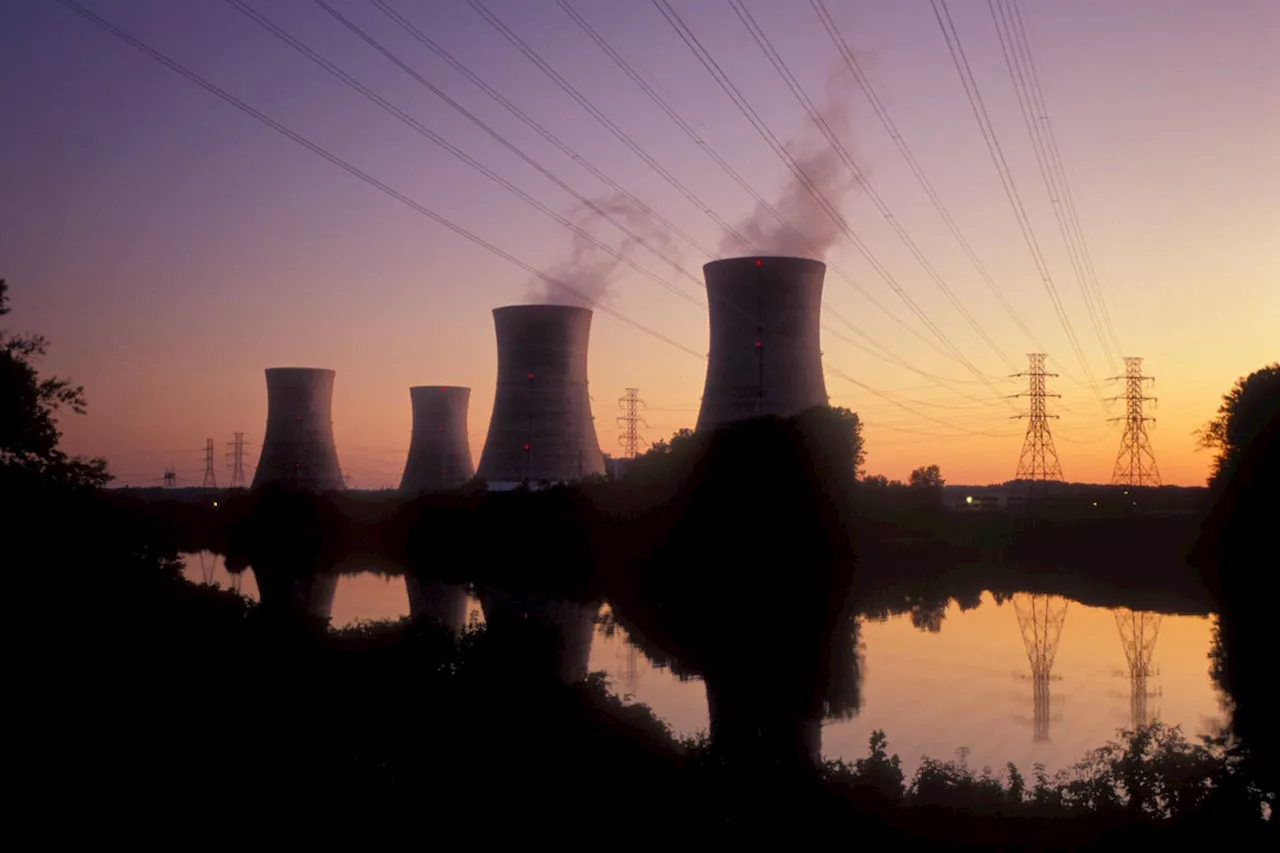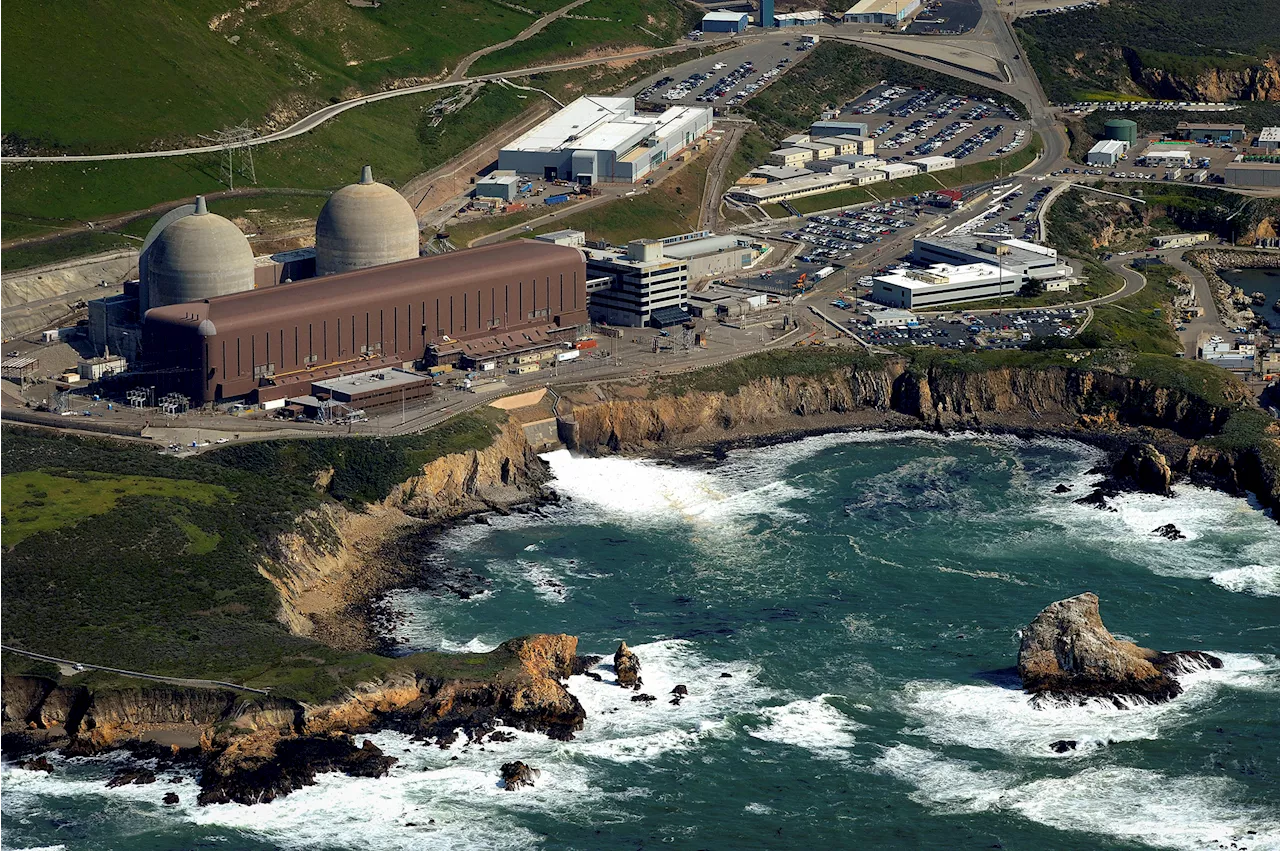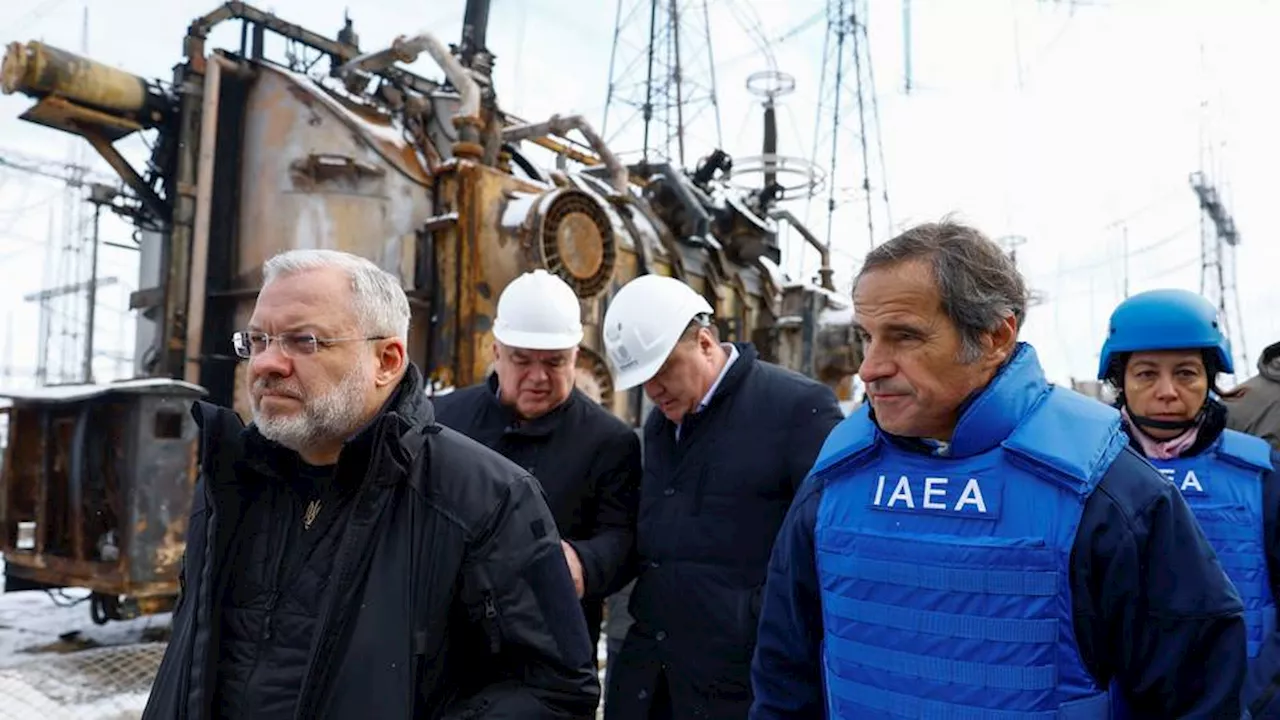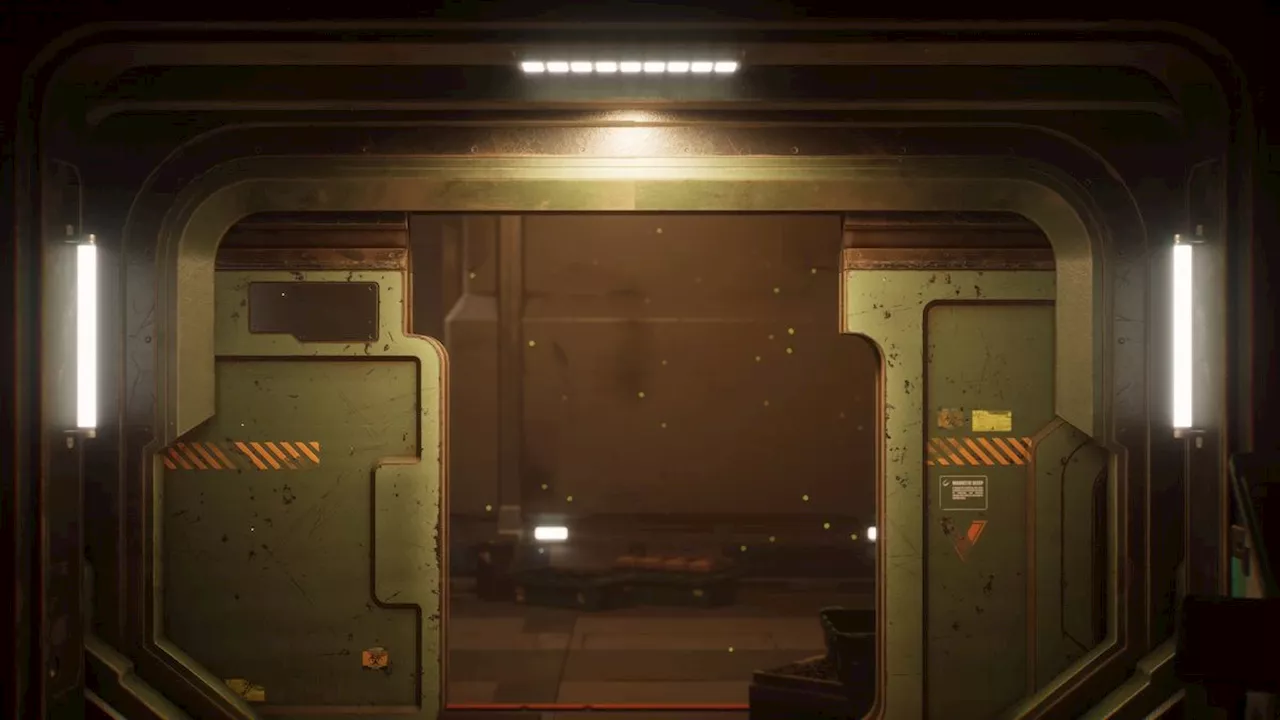This article explores the effectiveness of nuclear bunkers in shielding individuals from the devastating effects of a nuclear explosion. While they offer some protection, their success depends on factors like construction quality, distance from the blast, and the type of nuclear weapon involved.
A well-constructed nuclear bunker would require a substantial amount of concrete, at least 3 to 5 feet (0.9 to 1.5 meters), along with a layer of lead and a zigzagging entrance to effectively safeguard its occupants from both the blast and radiation of a nuclear detonation. While bomb shelters and bunkers are often presented as a solution for protection against nuclear attacks, their ability to shield individuals from the immense heat and force of a nuclear explosion varies significantly. Dr.
Kleinman, an associate professor of environmental health sciences and director of the Radiation Safety Officer Training course at Columbia University's Mailman School of Public Health, explained to Live Science that the effectiveness of these shelters depends heavily on the quality of construction and the type of nuclear weapon involved.During the Cold War, as the U.S. and the Soviet Union engaged in a dangerous game of mutually assured destruction, both governments implemented programs to encourage the construction of public shelters in large buildings and even incentivized individuals to build private bunkers within or outside their homes. Some critics, however, argue that these initiatives were fueled more by fear-mongering than genuine concern for public safety. Dr. Kleinman suggests that many of the individuals promoting these shelters were opportunistic, capitalizing on a heightened sense of anxiety during a period of intense geopolitical tension.Modern nuclear weapons are vastly more powerful than those that existed during World War II and the Cold War. This increased destructive capacity stems from the utilization of hydrogen fusion in their detonation process. These thermonuclear bombs, unlike their earlier fission-based counterparts, rely on a primary atomic explosion to trigger a secondary, far more powerful, thermonuclear reaction. The blast radius of these modern devices can extend up to 100 miles (160 kilometers), making them exponentially more devastating than the bombs dropped on Hiroshima and Nagasaki, which had a blast radius of approximately 1 mile (1.6 kilometers). Radiation, another significant threat posed by nuclear weapons, presents a long-term hazard that persists for days after an explosion. Dr. Kleinman emphasizes that a well-designed bunker can offer protection from radiation by incorporating several essential features. The walls must be reinforced with a combination of concrete, steel, and lead. The lead is strategically embedded within the walls and doorways to minimize radiation exposure. Furthermore, the entrance to the bunker should feature a zigzagging design to deflect the direct path of radiation. Dr. Kleinman explains that radiation travels in straight lines, so a non-linear entrance effectively disrupts this trajectory. Surviving the initial blast doesn't automatically guarantee safety. Individuals seeking refuge in a bunker must remain there for an extended period, potentially up to a week, to avoid the harmful effects of radioactive fallout. A robust bunker would need to be equipped with ample supplies and a ventilation system capable of filtering out radioactive particles. It's crucial to remember that while a bunker may offer a degree of protection, it's not a foolproof solution. Dr. Kleinman cautions that even shelters located at a considerable distance from an explosion may not provide complete immunity from radiation. Ultimately, the effectiveness of a bunker hinges on its ability to shield occupants from the heat, blast, and radiation of a nuclear detonation.
Disaster Preparedness NUCLEAR WEAPONS BOMB SHELTERS RADIATION COLD WAR THERMONUCLEAR BOMBS DISASTER PREPAREDNESS
United States Latest News, United States Headlines
Similar News:You can also read news stories similar to this one that we have collected from other news sources.
 Nukes on trucks: US firm advances mobile nuclear reactors for military powerNANO Nuclear Energy expands its microreactor portfolio with a strategic acquisition, bolstering its advanced nuclear technology.
Nukes on trucks: US firm advances mobile nuclear reactors for military powerNANO Nuclear Energy expands its microreactor portfolio with a strategic acquisition, bolstering its advanced nuclear technology.
Read more »
 AI’s Energy Demands Threaten a Nuclear Waste NightmareReviving nuclear power plants to power AI threatens an avalanche of nuclear waste
AI’s Energy Demands Threaten a Nuclear Waste NightmareReviving nuclear power plants to power AI threatens an avalanche of nuclear waste
Read more »
 California Reconsiders Nuclear Power Amidst AI's Energy DemandsFacing a surge in energy needs from the tech sector, particularly artificial intelligence (AI), California lawmakers are exploring the potential of reviving nuclear power. This includes potentially extending the lifespan of the Diablo Canyon nuclear power plant and considering exemptions to the state's moratorium on new nuclear plants. The rapid growth of AI, which is energy-intensive, poses a challenge to California's climate goals. State officials are now weighing the pros and cons of nuclear power, influenced by both the state's Big Tech companies and recent federal investments in nuclear energy.
California Reconsiders Nuclear Power Amidst AI's Energy DemandsFacing a surge in energy needs from the tech sector, particularly artificial intelligence (AI), California lawmakers are exploring the potential of reviving nuclear power. This includes potentially extending the lifespan of the Diablo Canyon nuclear power plant and considering exemptions to the state's moratorium on new nuclear plants. The rapid growth of AI, which is energy-intensive, poses a challenge to California's climate goals. State officials are now weighing the pros and cons of nuclear power, influenced by both the state's Big Tech companies and recent federal investments in nuclear energy.
Read more »
 Luxury 'Doomsday Bunker' for Ultrarich Unveiled by US FirmThe bunkers will be part of a network of sanctuaries, catering for the 1 percent.
Luxury 'Doomsday Bunker' for Ultrarich Unveiled by US FirmThe bunkers will be part of a network of sanctuaries, catering for the 1 percent.
Read more »
 Doomsday Clock Moves to 89 Seconds to Midnight Over Global ThreatsThe Bulletin of the Atomic Scientists has moved the Doomsday Clock to 89 seconds to midnight, citing ongoing nuclear threats, climate change, and the proliferation of AI and biological weapons as reasons for humanity's precarious situation. While there were no new nuclear risks in 2024, the board found that existing nuclear capacity increases the likelihood of conflicts escalating into nuclear war. The organization also highlighted the insufficient investments in climate change mitigation and adaptation, the spread of misinformation through AI, and the risks posed by high-containment biological laboratories.
Doomsday Clock Moves to 89 Seconds to Midnight Over Global ThreatsThe Bulletin of the Atomic Scientists has moved the Doomsday Clock to 89 seconds to midnight, citing ongoing nuclear threats, climate change, and the proliferation of AI and biological weapons as reasons for humanity's precarious situation. While there were no new nuclear risks in 2024, the board found that existing nuclear capacity increases the likelihood of conflicts escalating into nuclear war. The organization also highlighted the insufficient investments in climate change mitigation and adaptation, the spread of misinformation through AI, and the risks posed by high-containment biological laboratories.
Read more »
 IAEA Chief Warns of Nuclear Risk as Ukraine Power Grid Faces AttacksRafael Grossi, director general of the International Atomic Energy Agency (IAEA), visited Kiev to assess the situation at a crucial power substation, highlighting the growing threat of a nuclear accident due to attacks on Ukraine's energy infrastructure. While Russia has refrained from directly targeting Ukraine's nuclear power plants, its relentless bombardment of substations poses a significant risk to the country's nuclear safety. Grossi stressed the importance of maintaining communication channels with both Ukraine and Russia, emphasizing the need to prevent a catastrophic nuclear event amidst the ongoing conflict.
IAEA Chief Warns of Nuclear Risk as Ukraine Power Grid Faces AttacksRafael Grossi, director general of the International Atomic Energy Agency (IAEA), visited Kiev to assess the situation at a crucial power substation, highlighting the growing threat of a nuclear accident due to attacks on Ukraine's energy infrastructure. While Russia has refrained from directly targeting Ukraine's nuclear power plants, its relentless bombardment of substations poses a significant risk to the country's nuclear safety. Grossi stressed the importance of maintaining communication channels with both Ukraine and Russia, emphasizing the need to prevent a catastrophic nuclear event amidst the ongoing conflict.
Read more »
